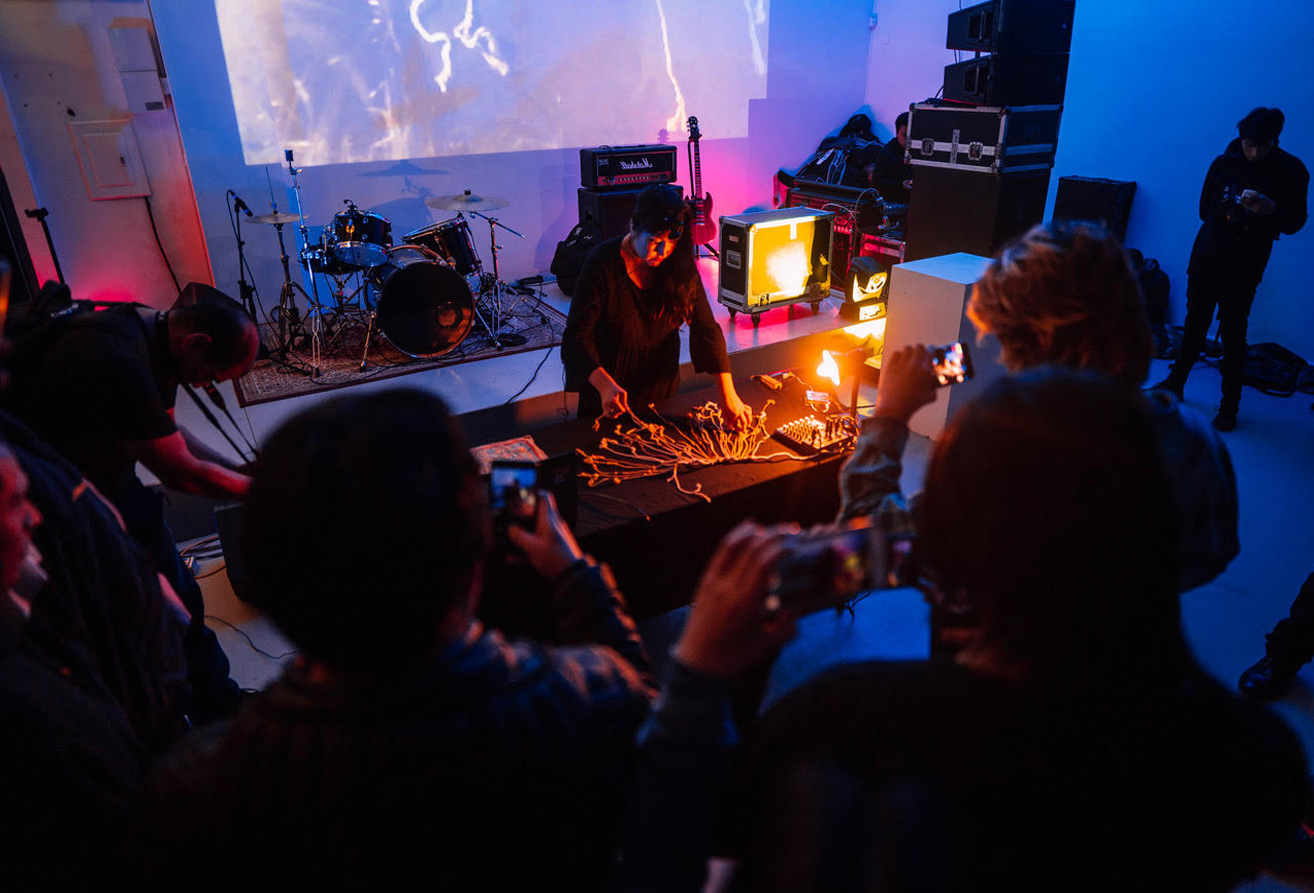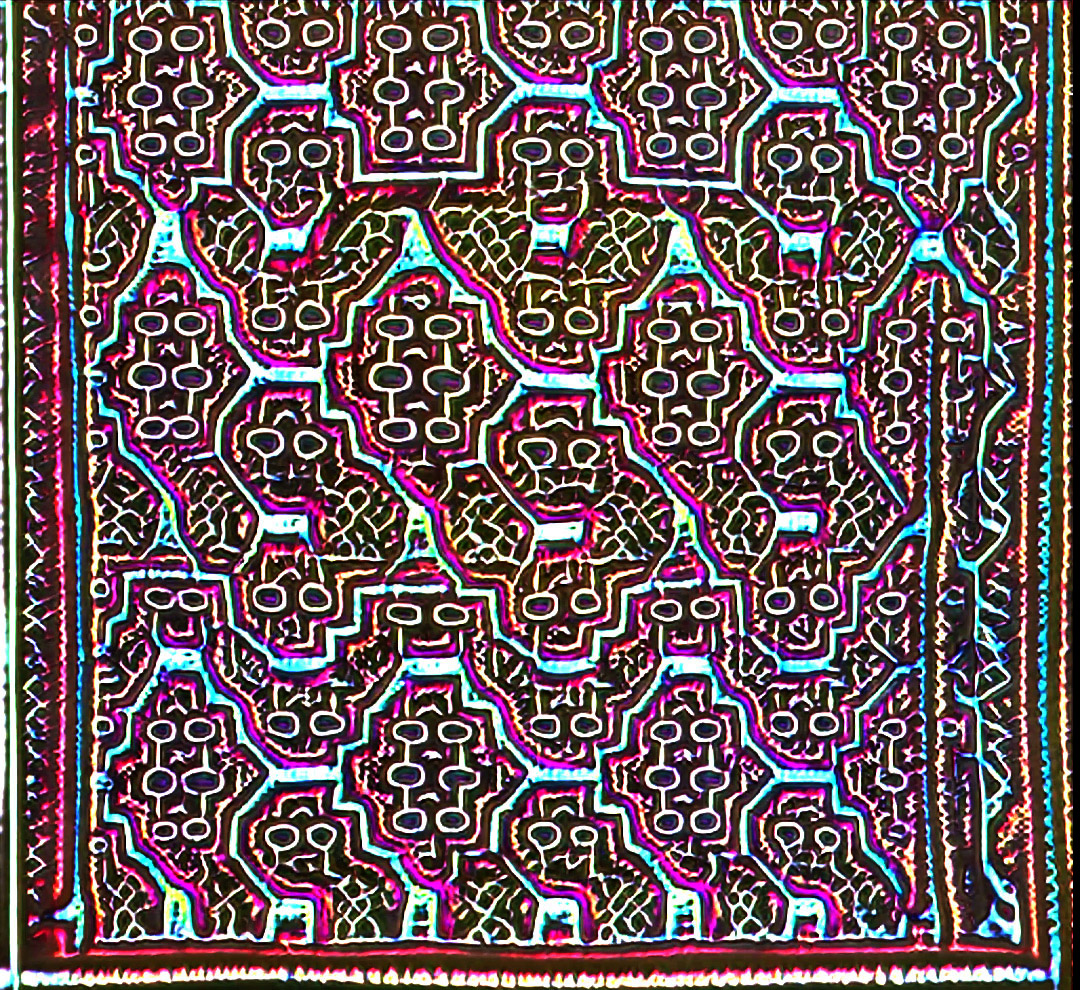
KhipuKoding

Diverse performances in various countries


Singing Textiles

Presented in the Live Coding Conference, MX


Pure Data + Textile Sensors

Lichen Sensor
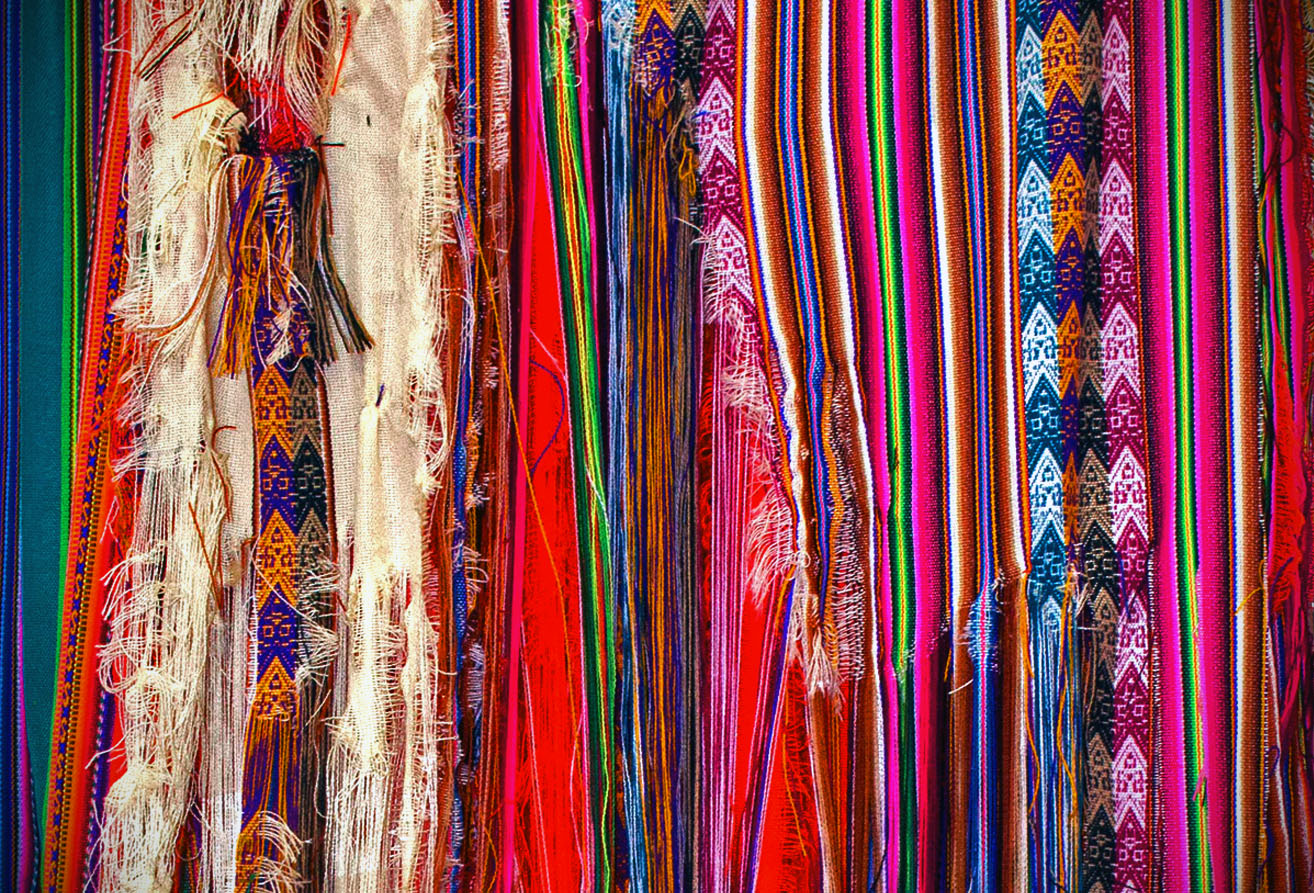
Soft Sculpture (Interaction + Sound/Voices)

Soft Sculpture (Interaction + Sound/Voices)

Soft Sculpture (Interaction + Sound/Voices)

Textile interface storing songs from the Amazonian Shipibo community

Textile controller (stretch sensor) for sound performance

Quipu style fiber controller for sound performances

Visualized Quechua speech, embroidered onto Andean Unkuña
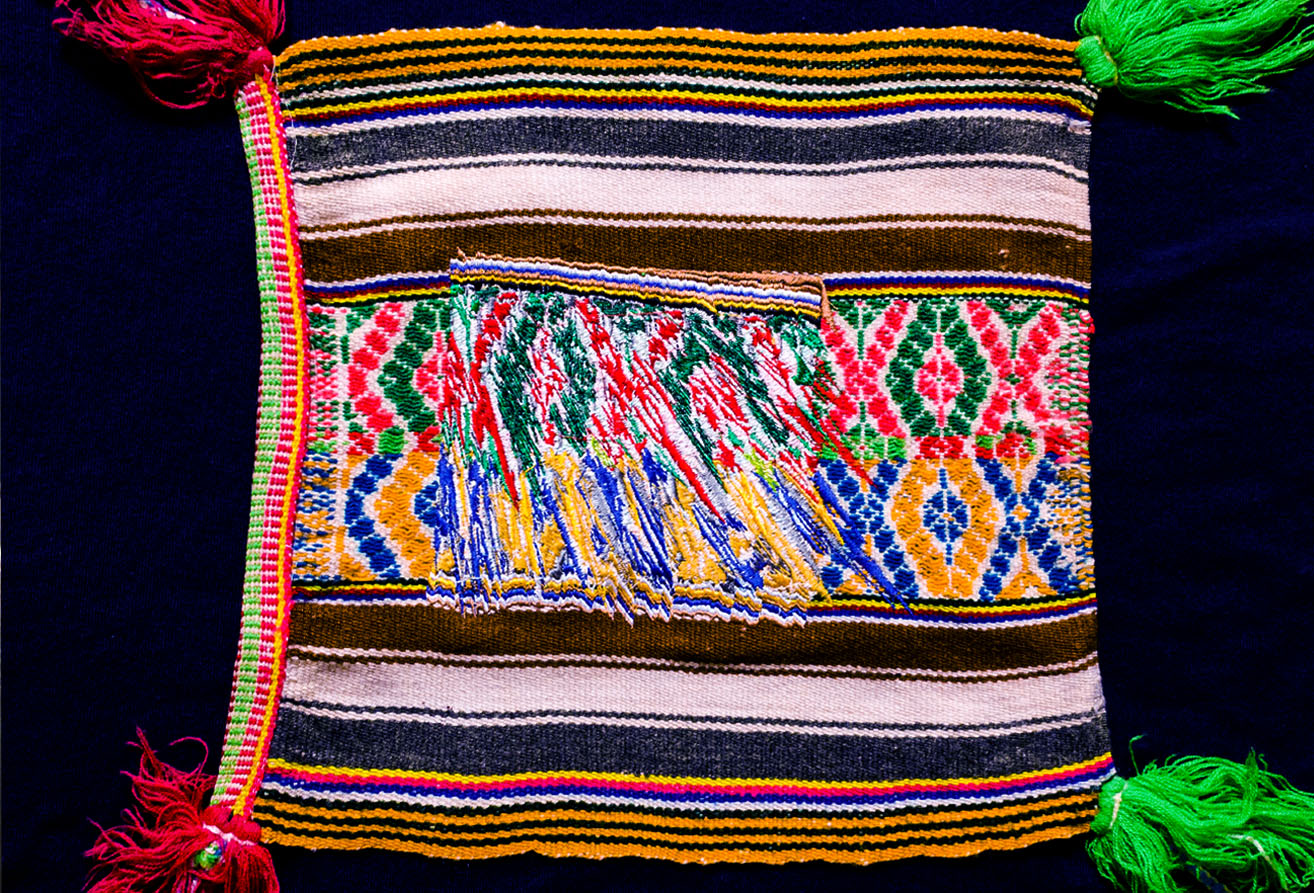
Unkuña embroidered with visualization of quechua spoken words

(Visualized sound embroidered) Andean Folk Song interrupted by the sound of embroidery machines

Interactive Sonified Unkuña

Detail of embroidery


Human + Machine (Painting on Canvas)

Documentary about Shipibo patterns

Wearable for induced performances

Interactive Audiovisual Experience
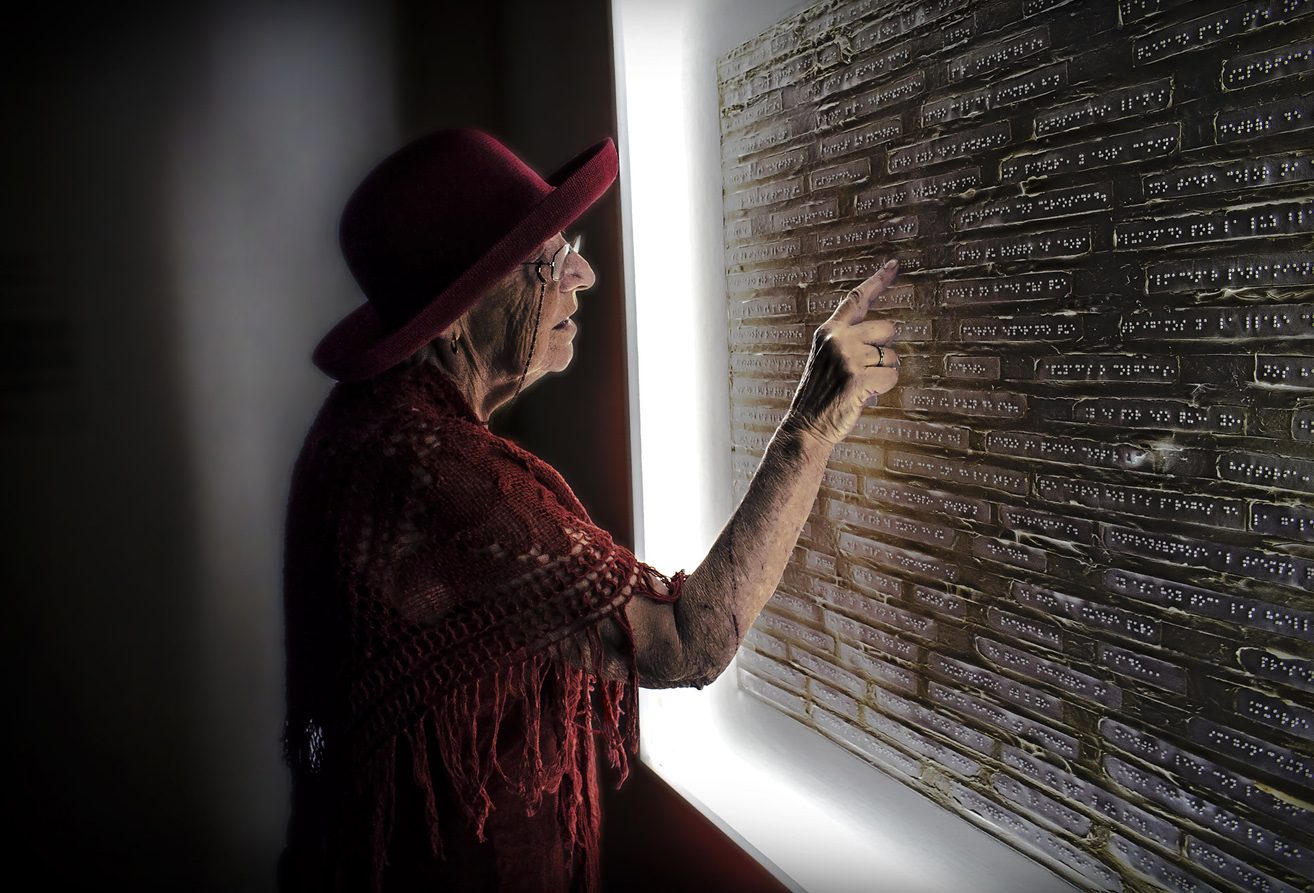
Tactile translations of visuals to sound
Warmonger Track for Album

From Volumen Vol.1 Album Compilation by True Aether (2023)









